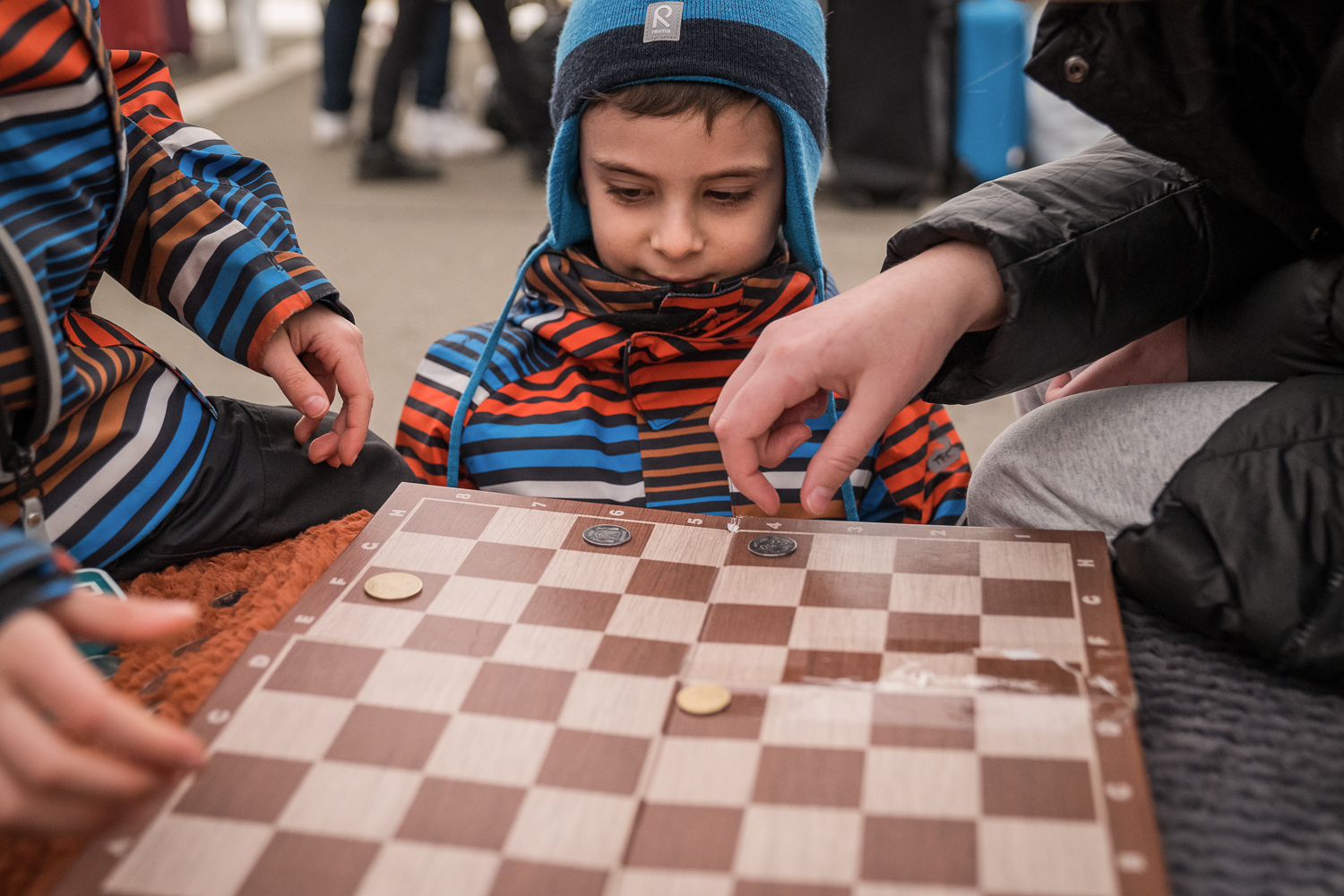
Six months after Nepal earthquake: makeshift schools and traumatised children
Education in emergencies
Students at a makeshift school with bamboo walls in Sindhupalchowk District
Huge numbers of children in earthquake-hit Nepal are still living in a state of chaos and fear – and many are worried they won’t complete their education.
Six months after the disaster, in which almost 9000 people died and more than 50,000 classrooms were destroyed or damaged, there are still tens of thousands of girls and boys out of school.
And many more are still recovering from the trauma of the devastating earthquake of April 25 and major aftershock on May 12.
Two of A World at School’s network of Global Youth Ambassadors have reported from Nepal about conditions there.
Bhawana Shrestha said: “For some people, the earthquake may be just a memory now – but the children in the hardest-hit zones are still facing insecurities and problems.”
A temporary learning centre in Nawalpur Picture: Manoj Pandey
Sujan Adhikari volunteered to help recently in one of the worst-hit areas. He said: “Although schools had started, the learning process had been disturbed and the quality of education had deteriorated. There are not enough teachers, small kids are afraid and three to four families are living in the same tent.”
Bhawana and Sujan have written blogs for A World at School about their experiences. You can read them here.
In the immediate aftermath of the earthquakes, almost one million children were missing out on education. Within weeks many had started to return to school or move into temporary learning spaces – but huge numbers are still out of school or getting a sub-standard education.
Bikash Deshar teaches at Nawalpur Secondary School in Sindhupalchowk. He said: “All the 458 students are now living in temporary shelters as all of them have lost their homes. About 90% of our school was damaged and now we are teaching at temporary learning centres.
Children happy to be in school in Sindhupalchowk District
“Although it was good that many children returned to school, the centres have no proper and permanent walls. The noise disturbs both the teachers and the students and they cannot focus on what they are doing.”
The situation in Nepal is further proof of why we urgently need a global humanitarian fund and platform for education in emergencies – which includes natural disasters, conflicts and health crises such as the Ebola outbreak.
A programme like this would deliver money quickly to get children back into safe, normal environments where they can learn and begin to recover from the trauma of an emergency situation.
Less than 2% of humanitarian aid went on education in 2014 – meaning children in these crisis areas find themselves more vulnerable to exploitation such as child labour or trafficking, forced into early marriages or slipping further into poverty.
Children play at the badly damaged Kshamwati Higher Secondary School after the earthquake Picture Plan:Matt Crook
A World at School has been urging world leaders to create a scheme which would tackle the gap in support and funding where children fall through the net trapped between a humanitarian system, focusing on food and shelter, and the development aid system that is long term and finds it difficult to cope with immediate crises.
Earlier this month, Tony Lake of UNICEF, Julia Gillard of the Global Partnership for Education and UN Special Envoy for Global Education Gordon Brown committed to shepherding a global process to lead to decisions on new ways of funding education in emergencies before the end of the year.
Actions being taken to help education in Nepal include:
Plan International revealed it has helped more than 18,000 children who are studying in 280 temporary learning centres. It has also helped 44,000 children get psychosocial support, informal education and life skills training. This video shows the story of one schoolgirl.
The Asian Development Bank (ADB) has approved a $15million grant to rebuild schools and provide micro-loans to help restore livelihoods in the 14 districts most severely affected. Around $8.1million of the overall funding will be used to rebuild at least 14 model disaster-resilient schools.
A report by World Economic Forum’s Global Agenda Council on Risk and Resilience recommends the urgent retrofitting of the 75% of school structures that are unsafe in Nepal.
More news

